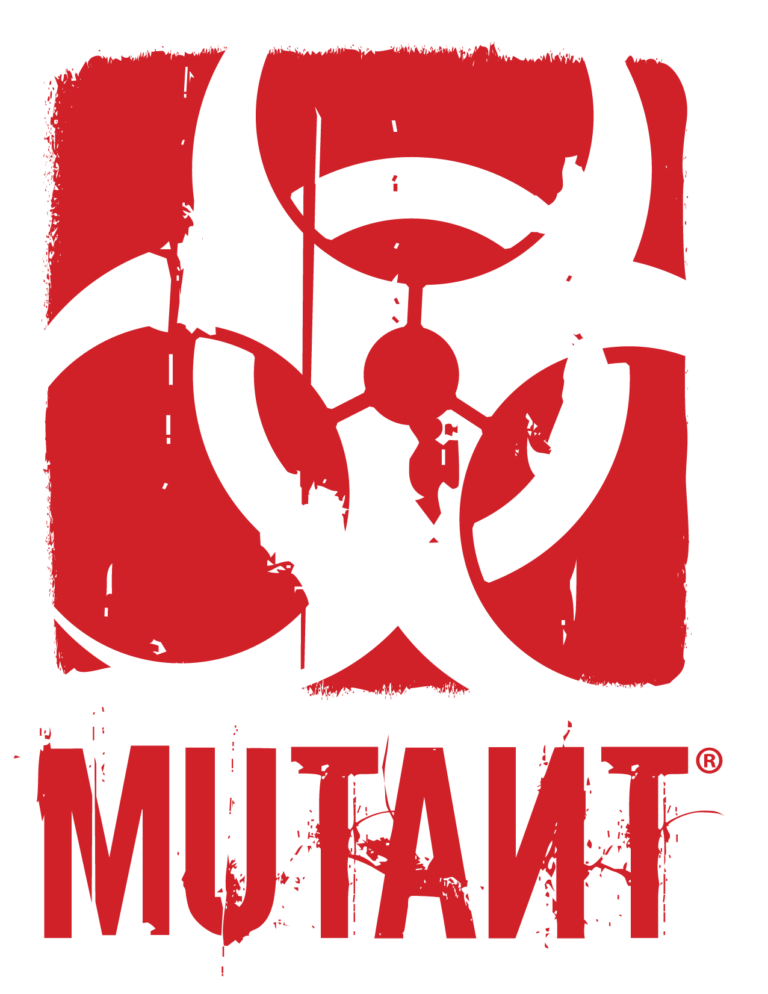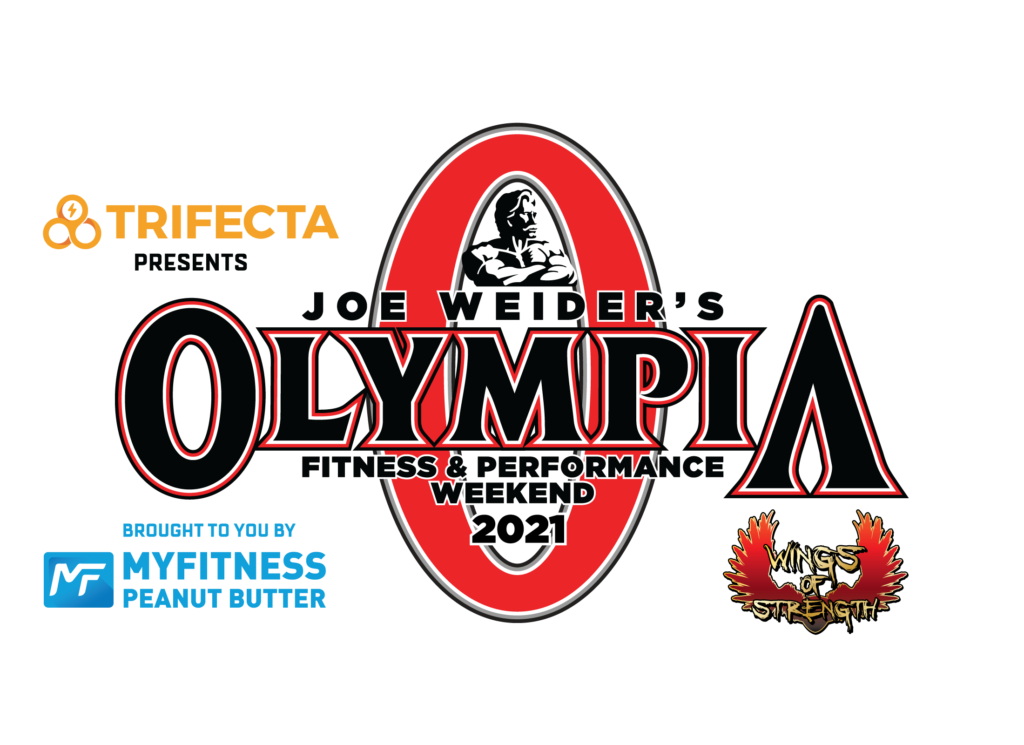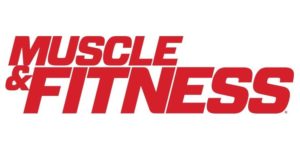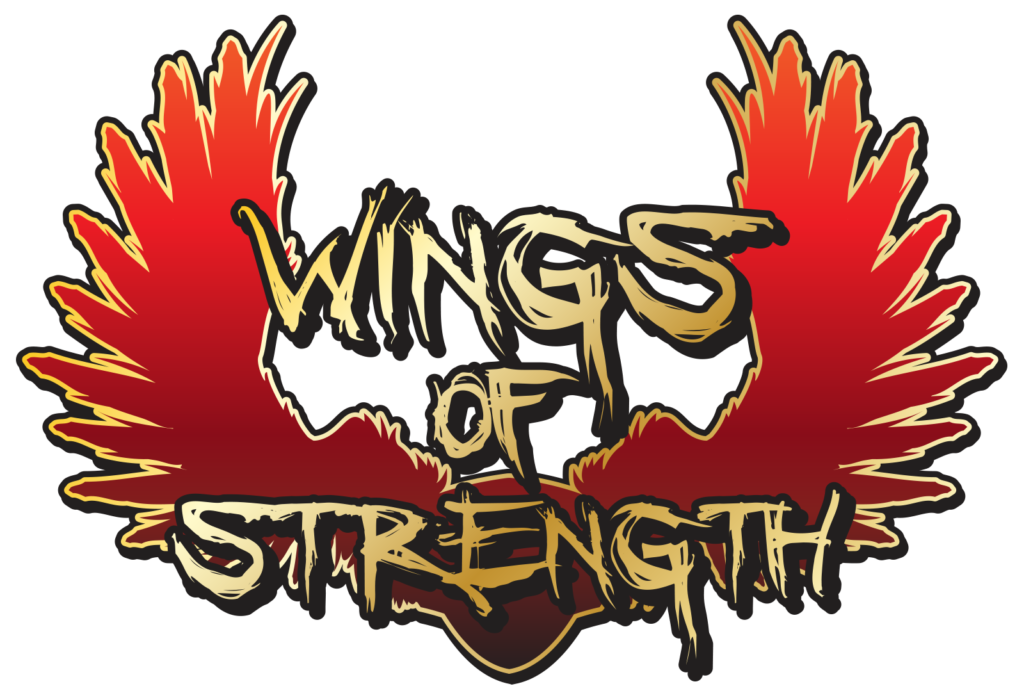By Gigi Amurao

In my last post, I discussed the importance of portion control in losing weight. Portions mean nothing, however, if you don’t know how many calories you need. What’s the best way to figure out how much to eat? With so many tips and articles available via magazines and the Internet, it’s not easy to sort through the information. Here are some simple methods that have worked for me and I have used successfully with my clients.
Calculate Your BMR
In order to determine how many calories you need, you must calculate your BMR, or basic metabolic rate. The BMR is based on gender, weight, and activity level. It is an estimate of the number of calories you’d burn if you did nothing but rest for 24 hours; in other words, the minimum amount of energy needed to maintain your body functions, which includes breathing and keeping your heart pumping.
The Mifflin-St. Jeor equation is now considered the standard when it comes to calculating BMR.
For men: BMR = 10 x weight (kg) + 6.25 x height (cm) – 5 x age (years) + 5
For women: BMR = 10 x weight (kg) + 6.25 x height (cm) – 5 x age (years) – 161
For U.S. readers, make sure you convert your weight and height to metric units.
- To determine your weight in kilograms, divide your weight in pounds by 2.2.
- To determine your height in centimeters, multiply your height in inches by 2.54.
For example, say you’re a 37-year-old woman who is 5’3 and weighs 125 pounds. To calculate your BMR:
Step 1: convert to metric measures:
125 pounds/ 2.2 = 56.8 kilograms
63 inches x 2.54 = 160.02 centimeters
Step 2: drop the numbers into the formula:
(10 x 56.) + (6.25 x 160.02) – (5 x 37) – 161 = 568 + 1,000 – 185 – 161 = 1,222 calories
So, in order just to breathe and keep your body functioning properly, you burn approximately 1,222 calories, and you will need to eat at least that many every day. The question then becomes, how many calories above baseline do you need to eat to maintain your weight?
Method 1: Eat According to Your Fitness Level
If you’re a fitness junkie or someone like me who wants to go by the numbers, you can use your BMR to determine your target daily calories based on your activity level. Here are the formulas. Multiply your BMR by one the following numbers:
Sedentary = x 1.2
Lightly active = x 1.375
Moderately active = x 1.550
Very active = x 1.725
Extremely active = x 1.9
In the above example of a 37-year-old woman who’s 5’3, and 125 pounds, here are the daily calories for the various activity levels:
- If you’re sedentary; that is,you work at a desk job and do very little exercise or housework: 1,222 x 1.2 = 1,467 calories
- If you’re lightly active; that is, you sit at a desk all day but do very light exercise one or two days per week or do housework like cleaning and gardening: 1,222 x 1.375 = 1,680 calories
- If you’re moderately active; that is, you do moderate exercise one to three days per week: 1,222 x 1.550 = 1,894 calories
- If you’re very active; that is, you exercise intensely or play sports four to six times per week: 1,222 x 1.725 = 2,108 calories
- If you’re extremely active; that is, you do high-intensity and/or vigorous workouts or sports six or seven times a week plus you have an active job that requires physical exertion: 1,222 x 1.9 = 2,322 calories
As mentioned, that would be your maintenance calories. As a rule of thumb, you want to eat more calories than maintenance if you’re looking to gain weight, eat less to lose weight, and eat the same amount to maintain your weight.
Method 2: Eat According to Your Body Type
Another method of determining how much to eat is based on body type. Do you know yours? There are three general body types: ectomorphs, mesomorphs, and endomorphs. Very few people fall perfectly into one of the three categories, as most people are often a mix of characteristics.
Ectomorphs are thin individuals, with smaller bone structures and thinner limbs. Think of marathon runners. People with this type of body usually have a fast metabolism and are able to eat a higher-carbohydrate diet.
Ectomorphs do best with more carbohydrates in their diet, along with a moderate protein intake and lower fat.
Mesomorphs have a medium-sized bone structure and more of an athletic body. Think wrestlers and gymnasts. Mesomorphs tend to be testosterone and growth hormone dominant and are able to acquire and retain lean mass, a.k.a. muscle, more quickly. Therefore, they have lower body fat.
Mesomorphs typically do best on a mixed diet, consisting of balanced carbohydrates, proteins, and fats.
Endomorphs have a larger bone structure with more body fat. Think football linemen and powerlifters. Their metabolisms tend to be less active, naturally; so excess calories eaten are more likely to be stored as fat. Because they are usually more susceptible to storing energy as fat, endomorphs have a lower carbohydrate tolerance.
Endomorphs typically do best on higher fats and protein and lower carbs, with carbohydrates being controlled and timed properly.
You can use this method as part of a structured calorie goal or as a more informal approach. It’s perfect for someone who wants to be healthy and have some guidelines on how to eat—without formal restrictions—but I wouldn’t recommend it for a competitor or someone who needs to lose X amount of weight by a deadline. Figuring out your body type and eating accordingly is less stressful than counting and measuring; however, you still have to eat fewer calories overall if you want to lose weight.
Be aware that most people reflect a combination of body types, and no two bodies are the same, nor do they process food the same. You will want to keep a sharp eye on the way your body reacts and make changes, as needed.
Have you visited the DigitalMuscle.com Nutrition Blog lately?
As an IFBB bikini pro, a certified personal trainer, nutritionist, online coach, fitness model and TV host, Gigi Amurao blasted onto the competitive bikini scene in 2012. A lifelong athlete who excelled in collegiate lacrosse and gymnastics, she earned an MBA in marketing and an advanced certificate in sports and entertainment management and enjoyed a career in network advertising before finding her passion in helping others achieve their fitness goals. As a model, she’s appeared in Muscle & Fitness Hers, Inside Fitness, and Flex Magazine. DigitalMuscle.com is proud to feature Gigi here in her own featured blog!







